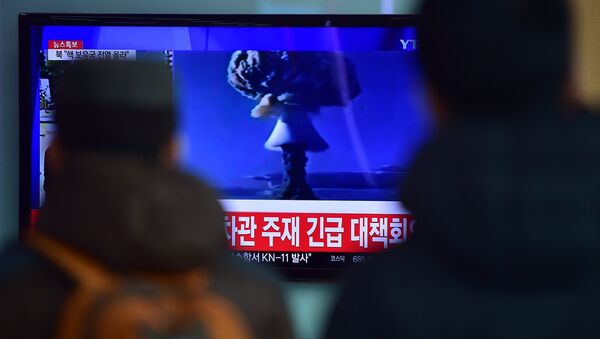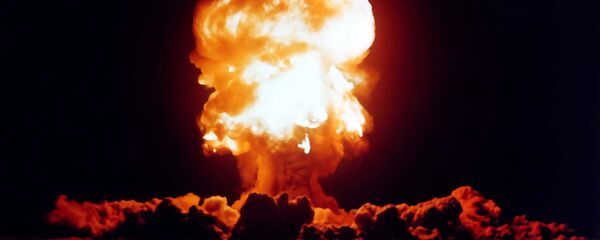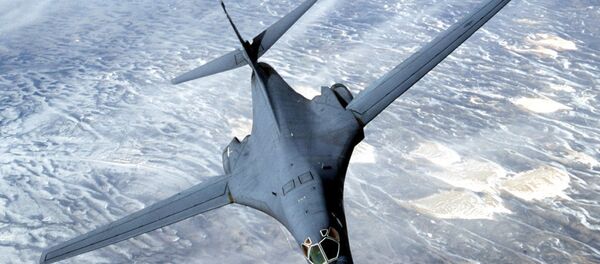North Korea conducted its first nuclear test in 2006. While the yield of that first test was estimated to be less than one kiloton, the DPRK has made significant advancements over the last ten years. Last week’s test was the fifth and is believed to have measured 30 kilotons, twice the size of the bomb dropped on Hiroshima.
While the scope of Pyongyang’s nuclear activities is impossible to know for sure, a new assessment by weapons experts estimates that, in addition to the North’s existing plutonium stockpile, increased uranium production could give the DPRK as many as 20 nuclear bombs by the end of the year.
According to the report, posted to 38 North, experts believe that the increased production, coupled with the North’s bountiful uranium deposits, has likely given the country roughly 150 kilograms (330 pounds) of weapons-grade uranium per year, enough to make seven nuclear weapons.
The experts also predict that North Korea has the ability to mount these nuclear devices to missiles.
"With the two successful nuclear tests this year, we must assume that the DPRK has designed and demonstrated nuclear warheads that can be mounted on some of its short-range and perhaps medium-range missiles," reads the report, written by Siegfried S. Hecker.
"Its ability to field an ICBM fitted with a nuclear warhead capable of reaching the United States is still a long way off – perhaps 5 to 10 years, but likely doable if the program is unconstrained."
A recent report from the private intelligence firm Soufan Group estimates that Pyongyang could have a nuclear-armed ballistic missile in the next four years.
"There is no public verification for North Korea’s claim to have miniaturized a nuclear warhead for a ballistic missile, but estimates indicate it likely will be by 2020."
North Korea’s latest nuclear test has earned harsh criticism from the global community. Already facing heavy sanctions for a similar test in January, as well as several ballistic missile tests, US officials have threatened to implement additional penalties on the isolated nation.
In a sign of solidarity with South Korea, the Pentagon launched a pair of nuclear-capable B-1B Lancer bombers out of Osan Air Base on Tuesday. North Korean officials dismissed the show of force.
"They are bluffing that B-1Bs are enough for fighting an all-out nuclear war," said a statement from north Korea’s state-run Korean Central News Agency.
"The US imperialists keep letting their nuclear strategic bombers fly over South Korea in a bid to seek an opportunity of mounting a preemptive nuclear attack."





